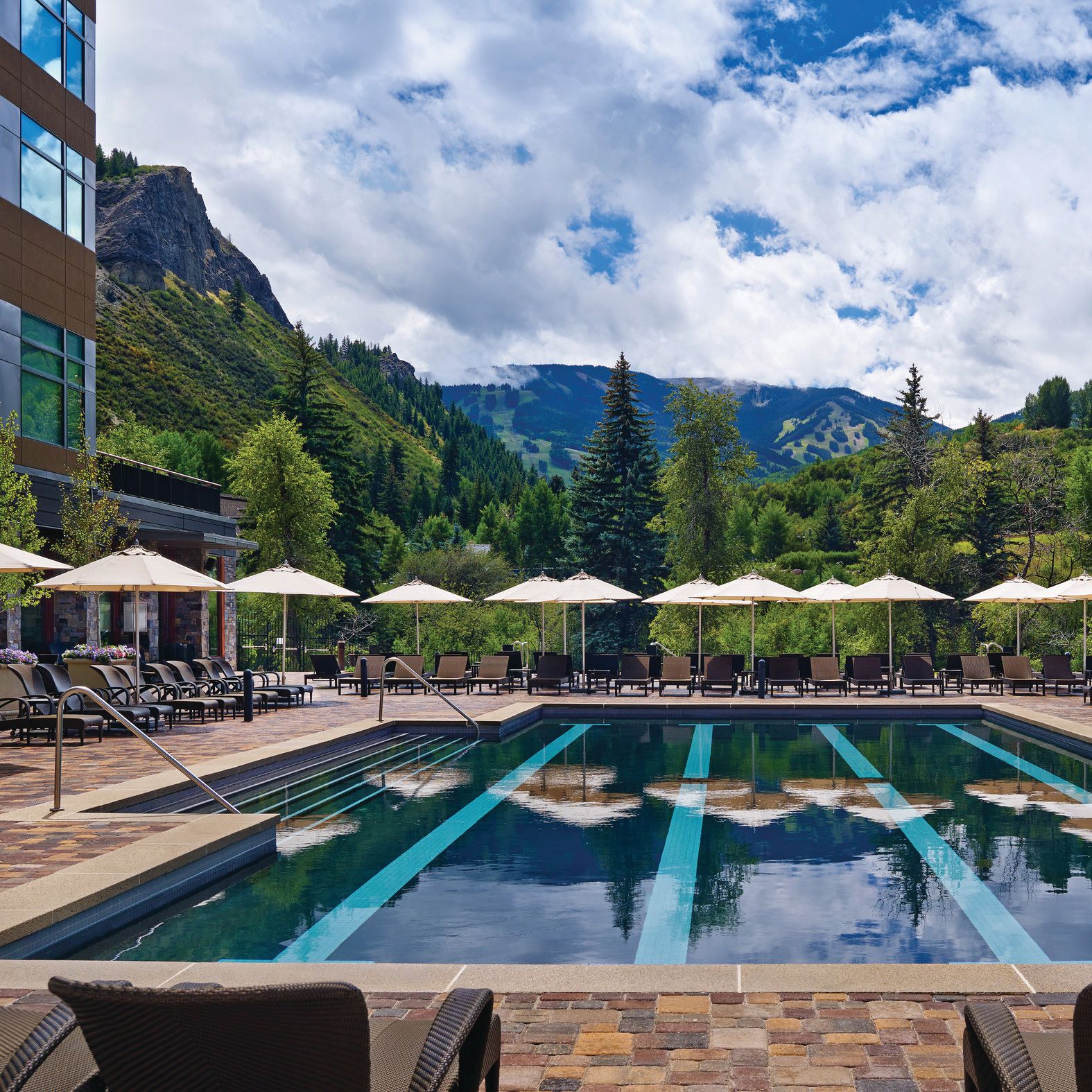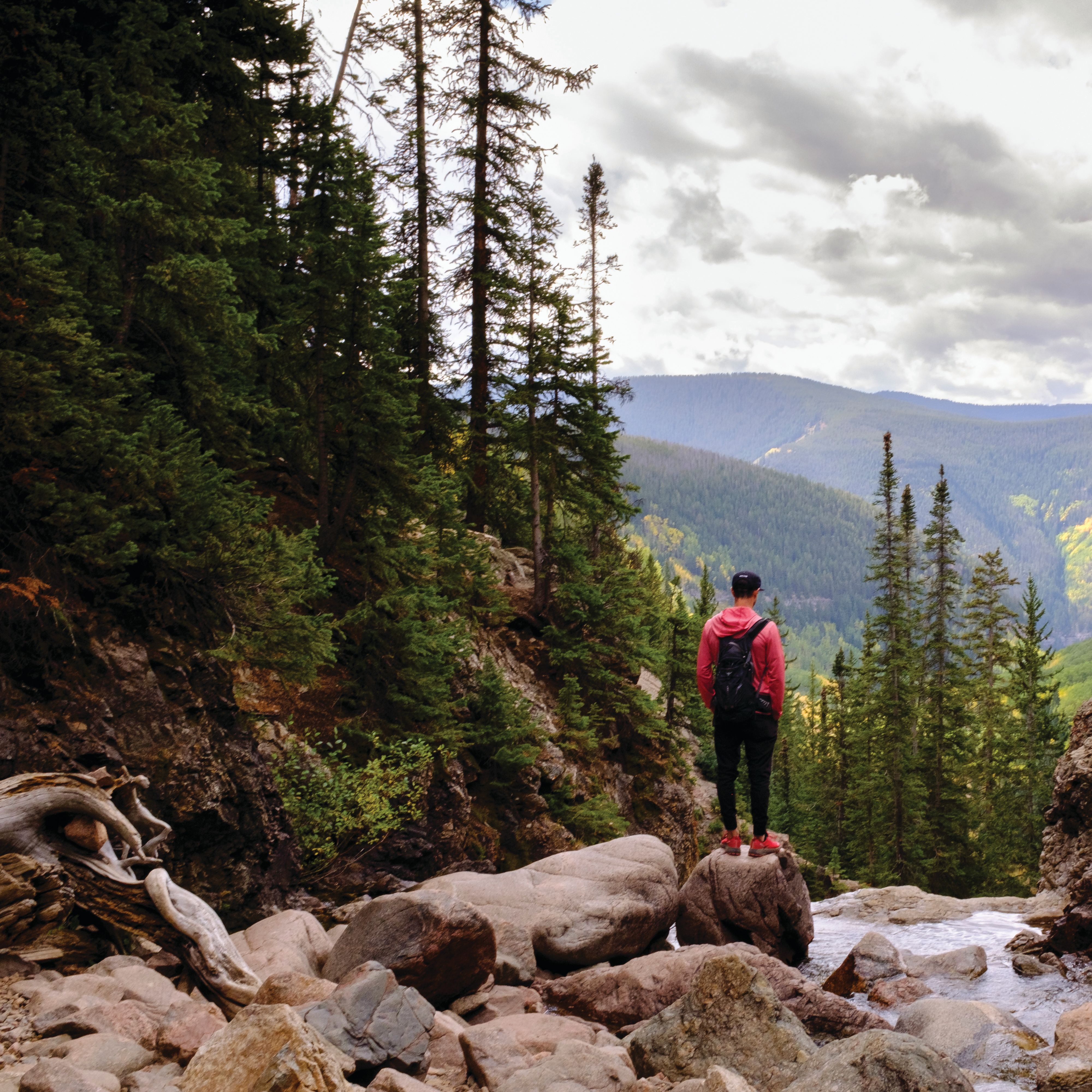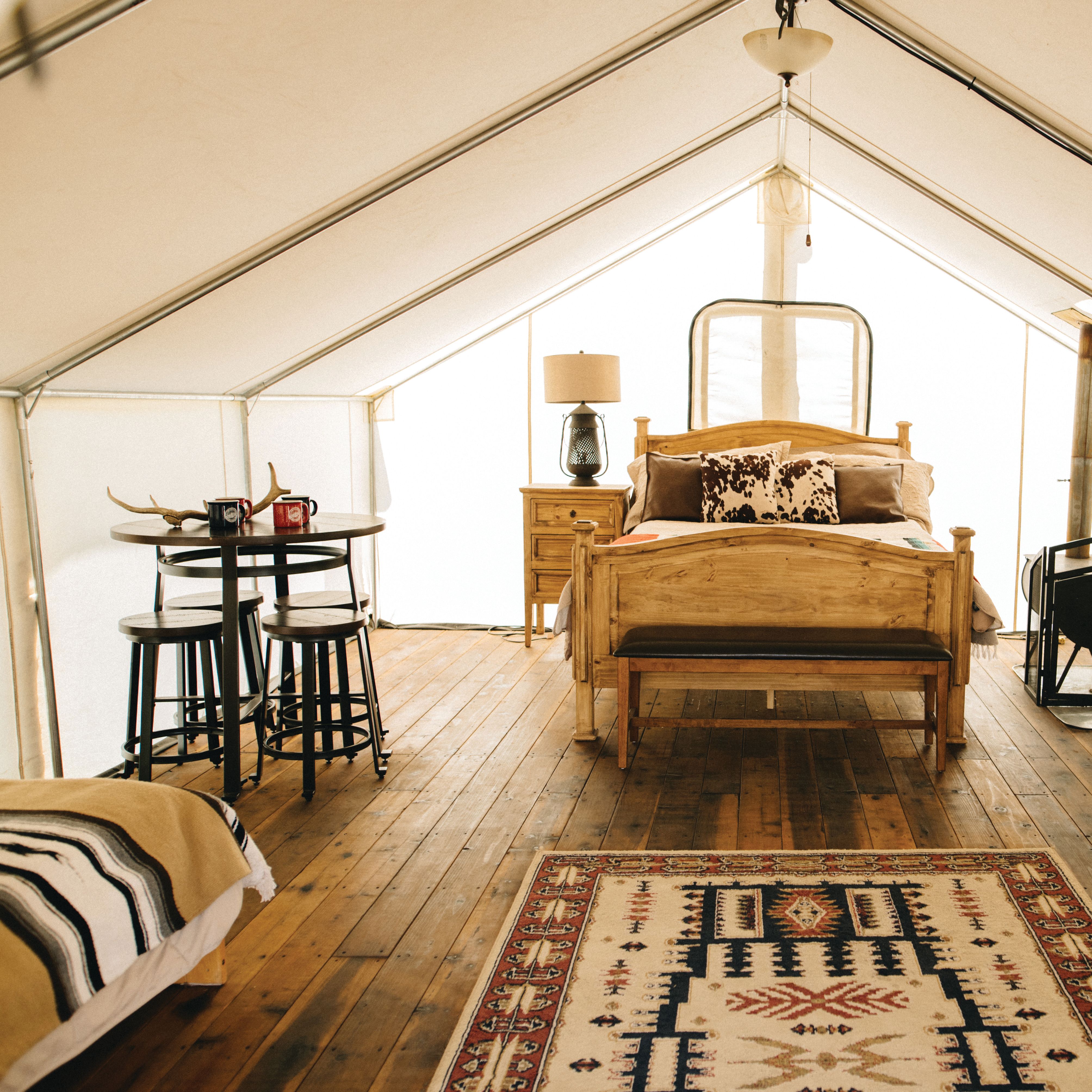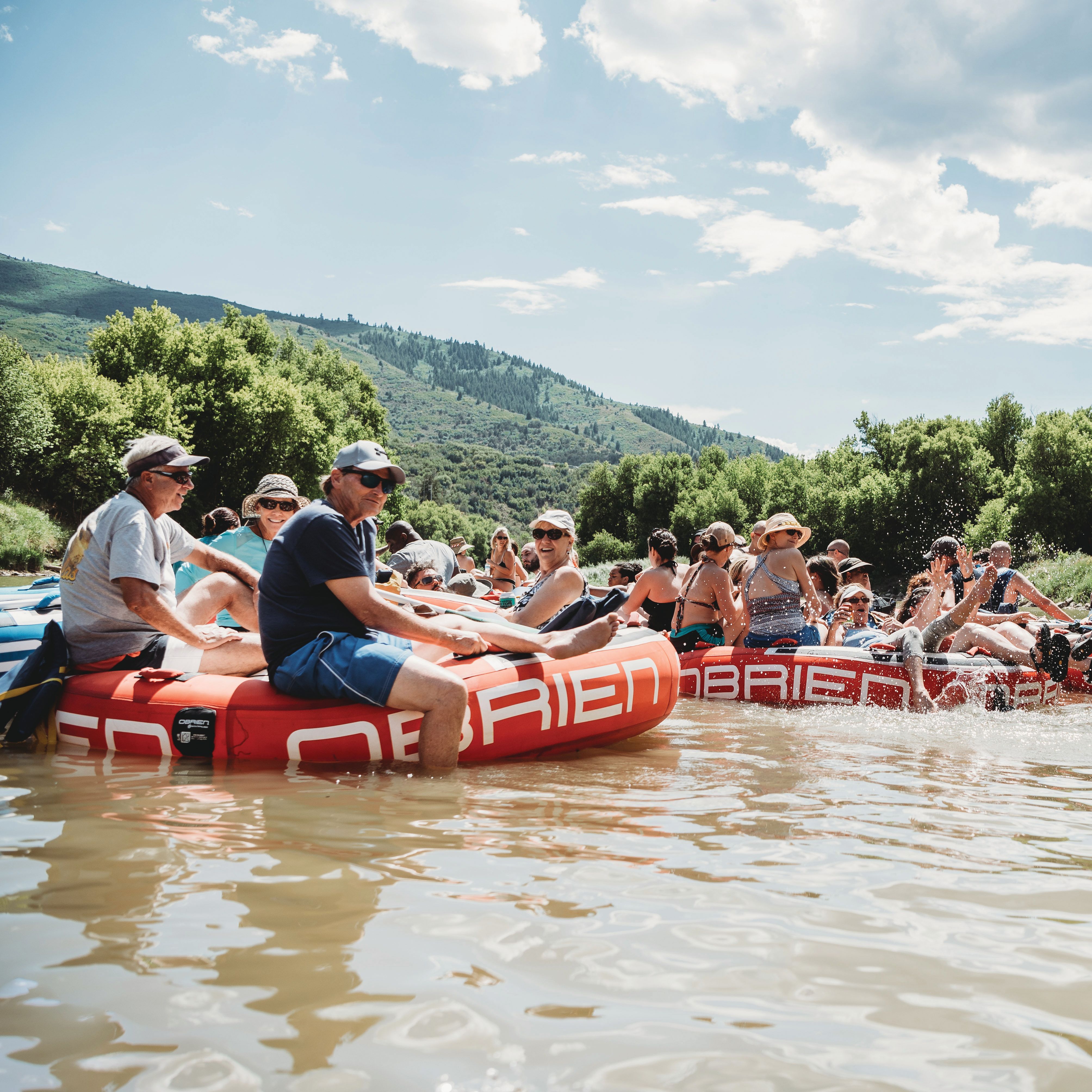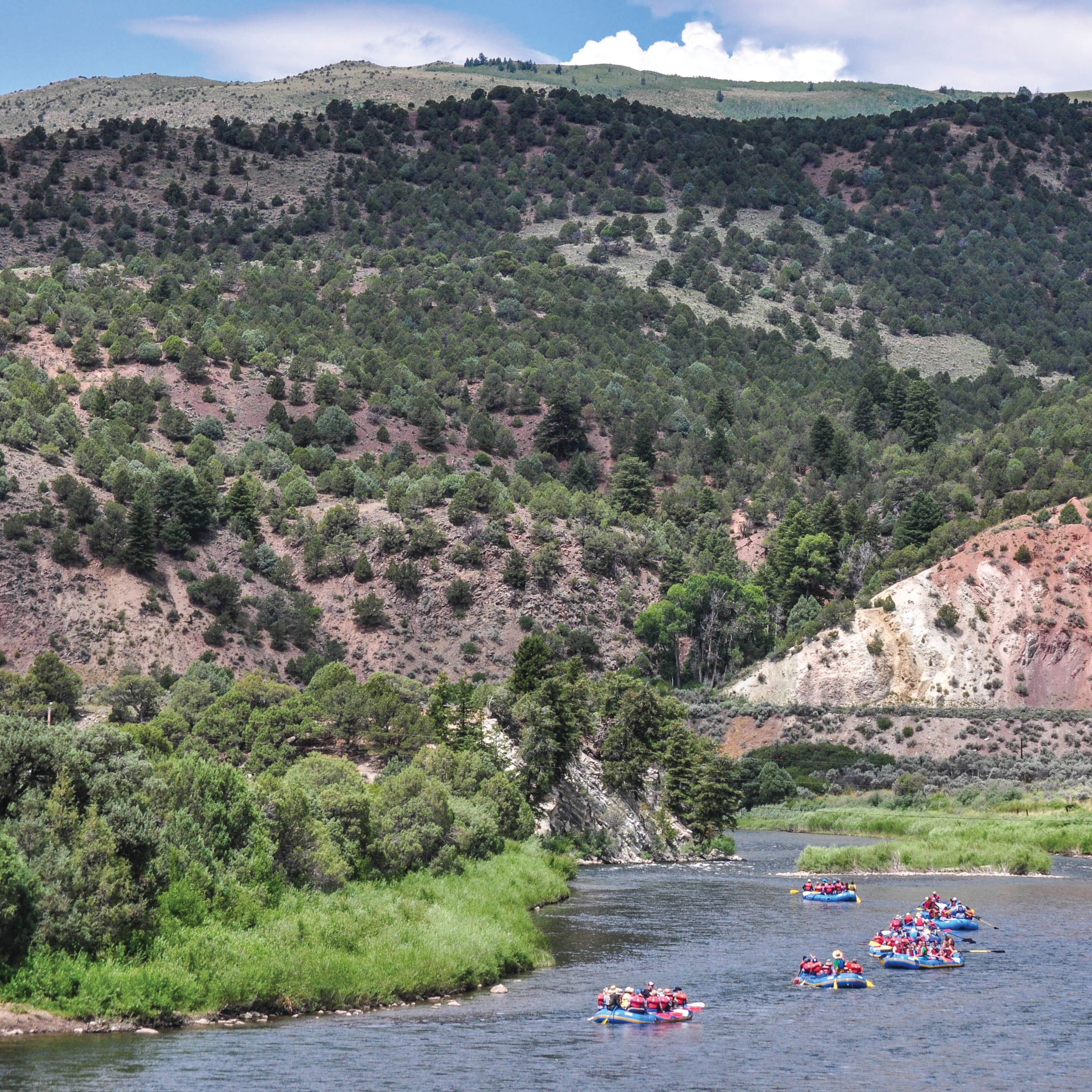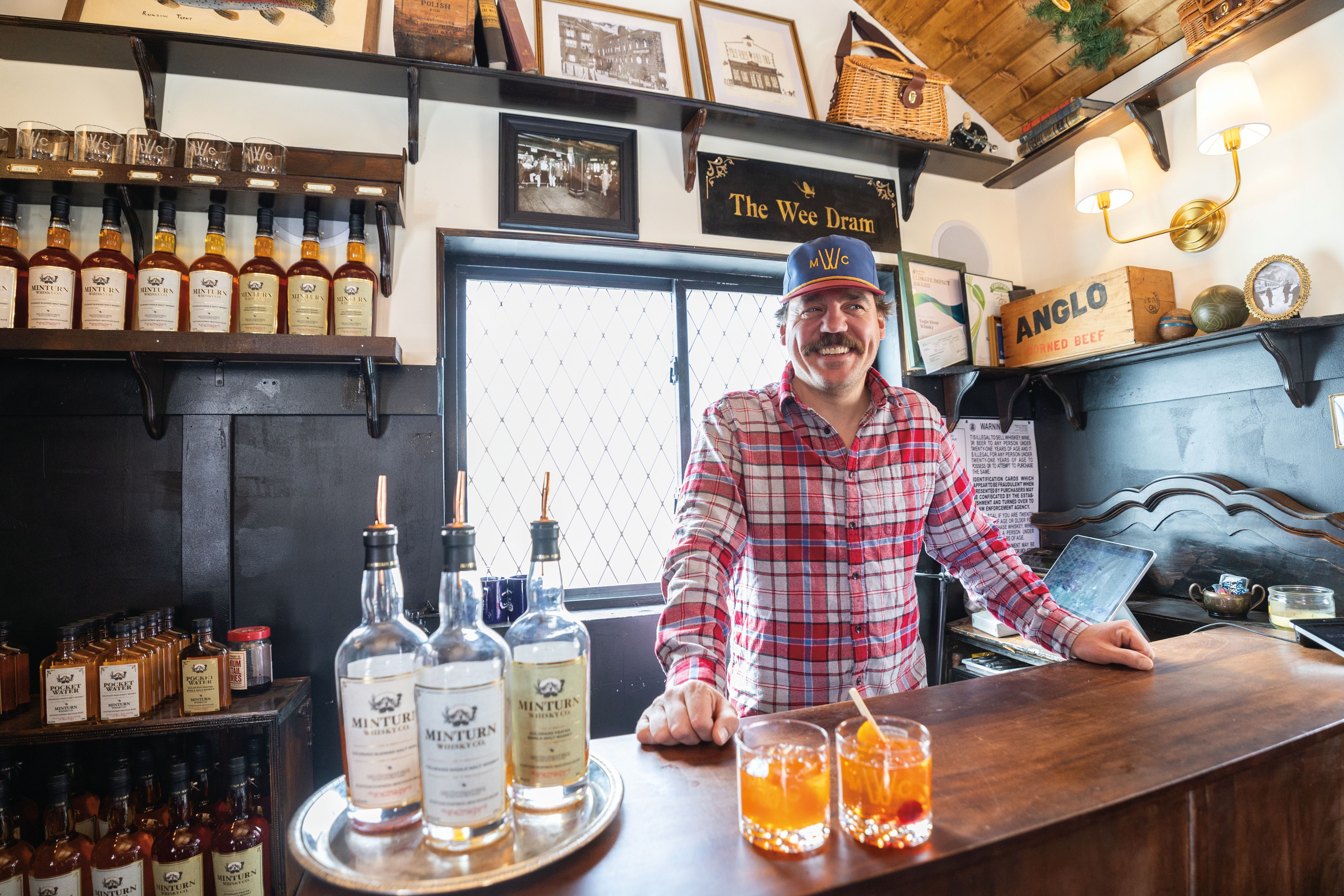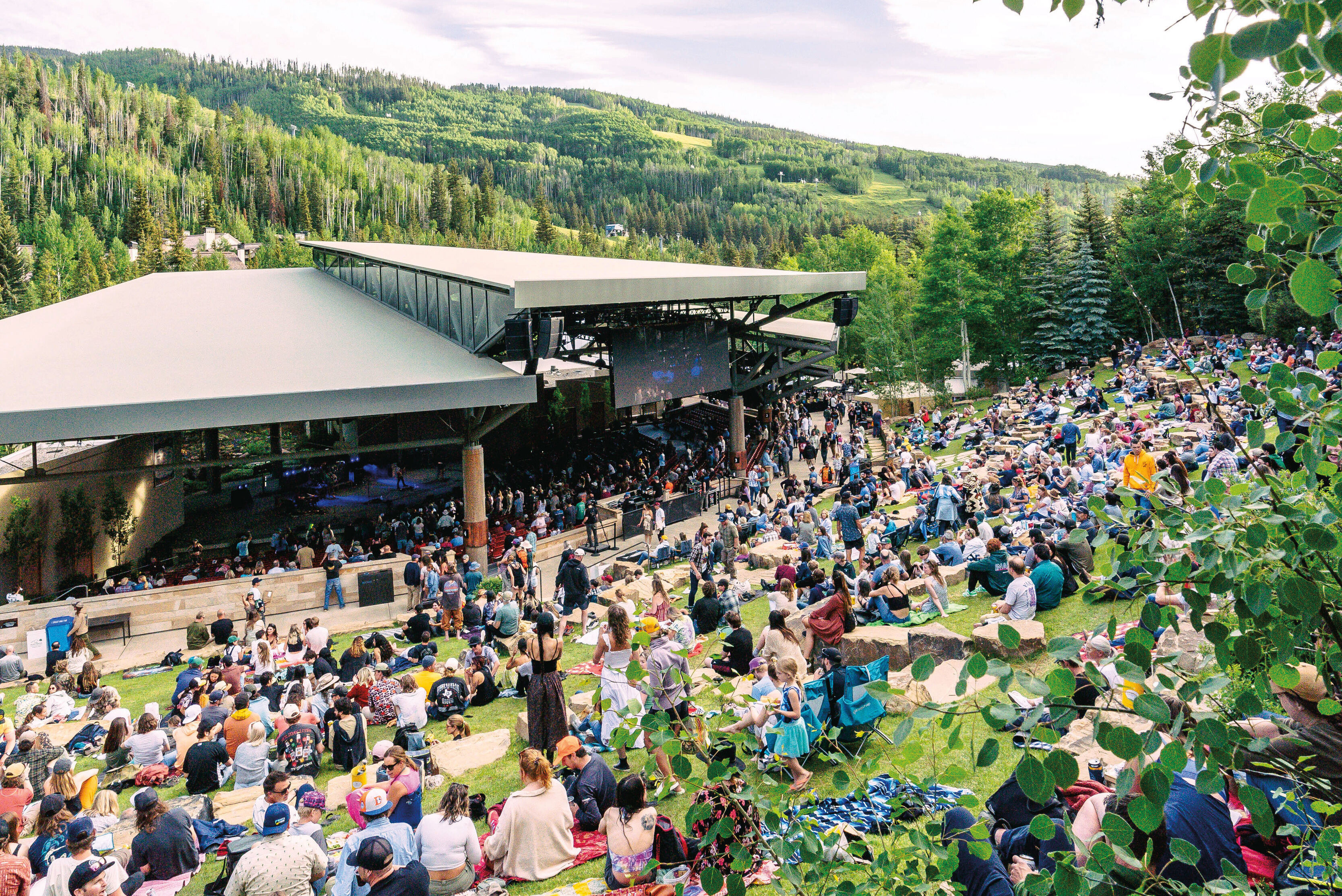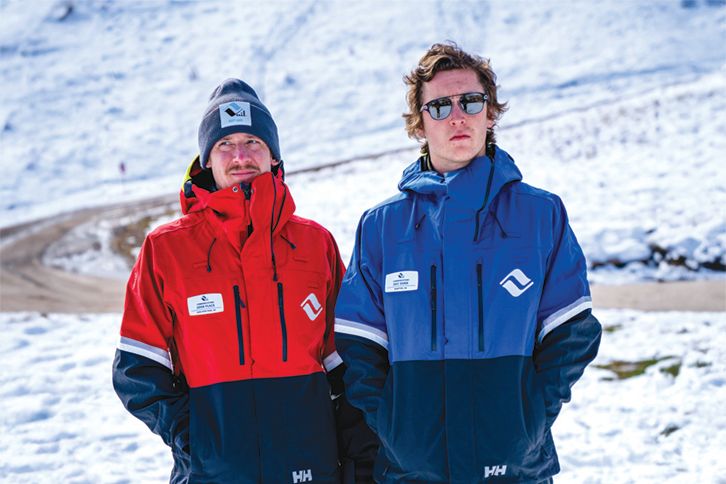Fishing
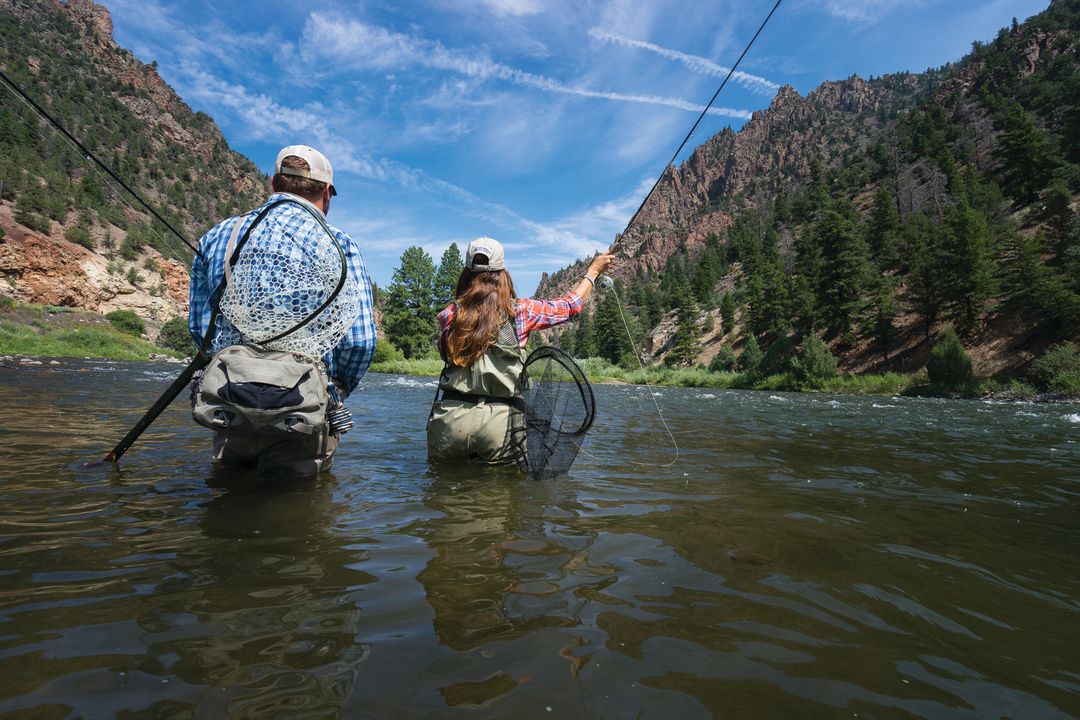
Casting away worries on the Colorado River.
Image: Vail Valley Anglers
Rivers
Among the many outdoor sports that boomed during the pandemic, fly-fishing sat at the top of the list for obvious reasons, with some estimates pegging the growth in participants at 150 percent. Those who land in Eagle County have no shortage of options to ply their new craft. For waders, the technical Eagle River offers a wealth of DIY and guided-trip potential, from the headwaters near Camp Hale all the way down to Dotsero. There’s a short window to float the Eagle in a raft, usually from mid-June through the end of July, and anywhere you go you’ll be casting for the grand slam of wild trout: brown, brook, rainbow, cutbow, and native cutthroat. “Predominantly you’re catching rainbows and browns between 8 and 14 inches, with some over 20,” says Brett Elkman of Vail Valley Anglers (vailvalleyanglers.com), which runs half-day trips starting at $500. And while the Colorado River may not be as technical as the Eagle, the scenery makes for a more enjoyable float trip, with the potential to land bigger fish. For those wanting to strike out on their own, both VVA and Minturn Anglers (minturnanglers.com) offer a free map with a few reliable holes highlighted, among them the I-70 bridge over the Eagle River in Wolcott, Gypsum Pond on the lower Eagle, and State Bridge on the Upper Colorado. “There’s a ton of public access on both rivers,” says Minturn Anglers shop manager Nick Keogh. “Usually you can just cruise Highway 6 and find a good spot on the Eagle.”
Lakes
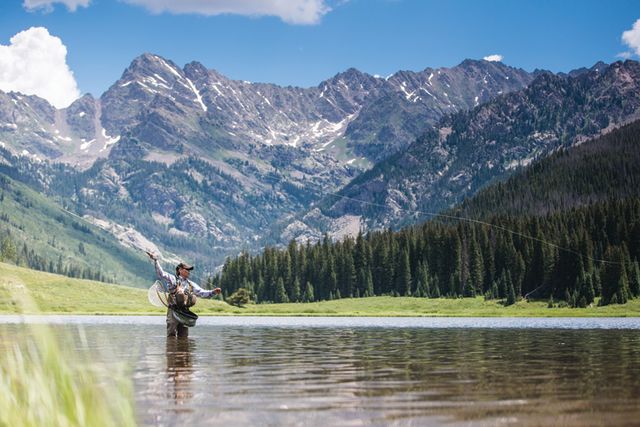
Tranquility on Piney Lake
Image: Vail Valley Anglers
Like catching hogs? The Vail Valley has some lakes for you, starting with the most urban, Nottingham Lake, where it’s not unheard of for a local youngster to land a 20-inch trout during the annual Father’s Day Fishing Derby. This is due in part to a healthy crawfish population that helps fatten the fish. But Nottingham has nothing on Sylvan Lake, which gets stocked with 2,500 rainbows ranging from 14 to 18 inches each month during the summer. Anglers are allowed to keep four per day, and there’s no size limit. Maybe you’ll even hook a hog to rival the 28-inch brown mounted in the visitor center. At Piney Lake, which is stocked once a year, you’re more likely to catch high-alpine brookies, maxing out around 10 inches. Wading works well early season, but once the water warms, you’ll want to be closer to the lake’s 80-foot-deep center.
Must-do for hikers
Combining fly-fishing with hiking isn’t for everyone, but some consider it the perfect version of the sport. Vail Valley Anglers, an outfitter known for its specialty trips (from Trout Spey to Euro Nymphing), offers a Hike and Fish Adventure (from $600, vailvalleyanglers.com) geared toward “people who want to combine scenery, empty landscapes, and activity,” Elkman says. You’ll hike for an hour or two, fish until lunch, fish some more, then hike out.
Must-do for equestrians
If, say, you love the idea of fishing in the wilderness but not the effort it takes to get there, saddle up with Minturn Anglers and Flat Tops Wilderness Guides for a horseback fly-fishing trip ($500, minturnanglers.com). Each outfitter supplies a guide (no horseback experience necessary), and clients ride for two hours to a high-alpine lake or mountain stream before fishing for four then riding two more out. At Sweetwater Lake Resort, A.J. Brink Outfitters (brinkoutfitters.com) offers full-day fishing and fly-fishing excursions to high mountain lakes and streams that include lunch, horses, a wrangler, and all the fish you can catch.
